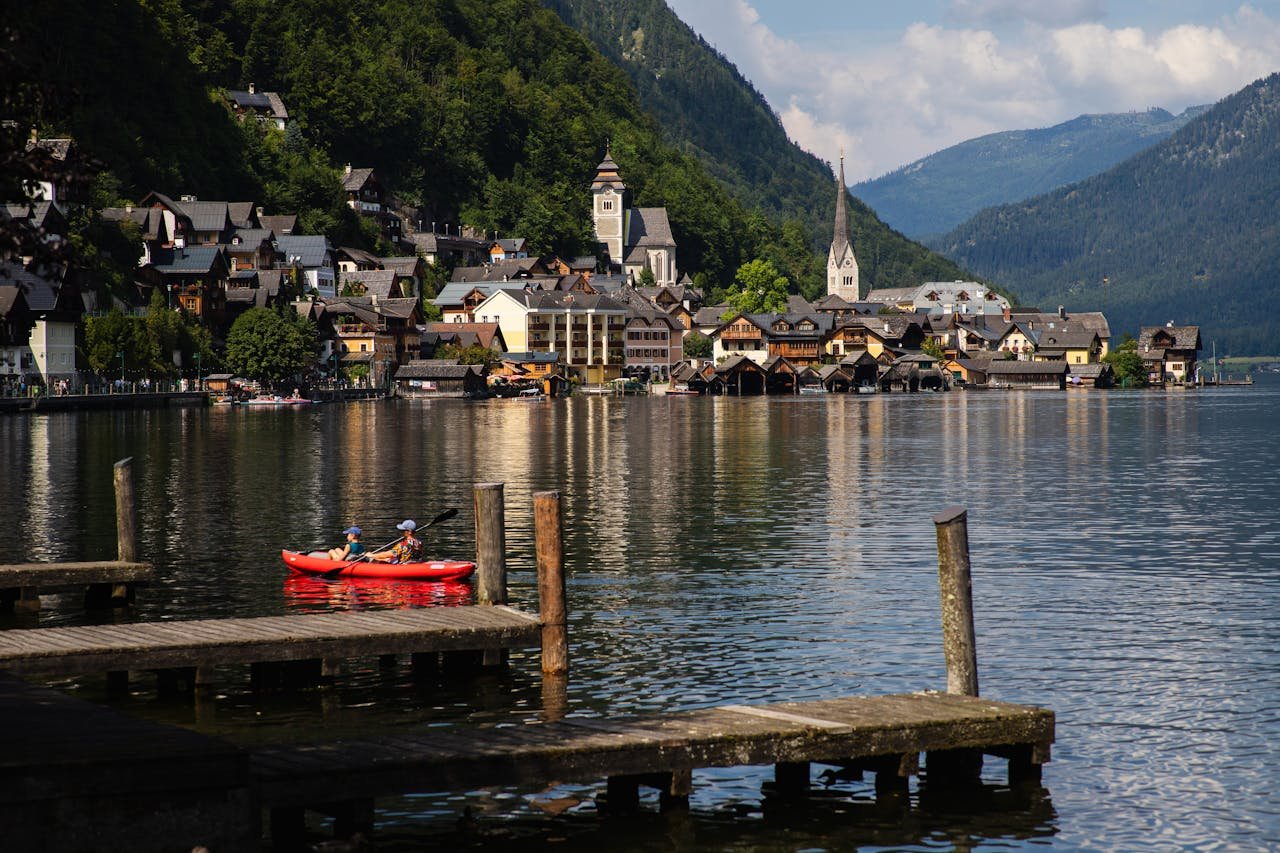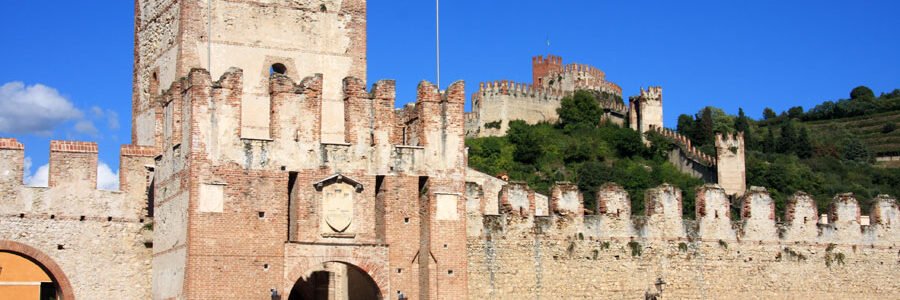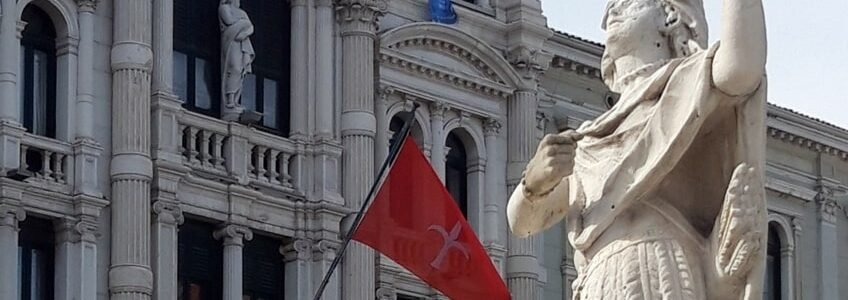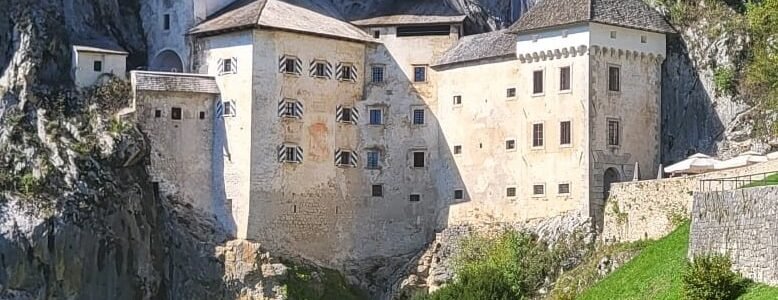Hallstatt Before the Boats
Hallstatt Before the Boats
Hallstatt Before the Boats
The Road in Is Still Dark
Arriving in Hallstatt before sunrise means arriving without distraction. The road is quiet, with fog hanging over the lake like a low curtain. You park without searching. The air is colder than expected. The village hasn’t stretched yet. Shop windows are dark, the water is still, and no one is taking selfies. There’s no sound but gravel under your shoes. You’re not early for something. You’re just here before it begins. This version of Hallstatt isn’t sold on postcards. It’s the one that exists before the rhythm of tourism starts.
Windows Without Movement
The houses are here, but they aren’t awake. Shutters are closed. Lights flicker in just a few upper-floor windows. Someone opens a creaking door to let out a cat. A kettle whistles somewhere you can’t see. This is the village when it belongs only to its residents. You walk slowly, not because of fatigue, but because it feels wrong to go quickly. The silence isn’t empty. It’s occupied—by routine, by breathing walls, by years of mornings just like this one. Hallstatt doesn’t welcome you. It lets you blend in—for a little while.
The Lake Wakes Last
You reach the lakefront. That photo view—church steeple, houses layered like wooden steps, reflections in the water—it’s there, but not finished. The lake doesn’t reflect yet. It absorbs. A single boat tied to the dock rocks slightly. The mountains still look like shadows. As light creeps in from behind, the water begins to mirror the outlines. You stand for several minutes. Not because you’re waiting, but because standing feels appropriate. The lake’s transformation from void to mirror is the slowest, quietest act of theatre you’ll see all day.
The Sound of Daily Life
You hear the town before you see it. A delivery van doors shut. Someone sweeps a path. Two people talk in soft dialect, their breath visible in the air. The bakery is the first to open, and it smells like yeast and firewood. You follow the scent without meaning to. Inside, no music plays. The display is modest—breads, two cakes, a few pastries. You order what looks most local and eat it by the lake wall, your hands warming around a paper cup of coffee. Still no crowds. Just movement, finally.
Salt in the Bones
Hallstatt isn’t famous only for how it looks. It’s famous for what it stands on. The salt mines—still active—gave this place purpose long before cameras arrived. When you walk through the upper village, past wooden barns and empty wheelbarrows, you feel the weight of labor. The salt trail carved Hallstatt’s rhythm into the hillside, and it still shows. If you take the funicular up later, you’ll see the mines. But down here, the history clings closer to the surface. It’s in the damp beams. The slippery stone. The silence.
A Transfer Worth Waking For
Many come to Hallstatt by car, others on a bus packed with chatter. But some start earlier, take the longer route, and arrive just as the sky begins to change. If you’ve booked a transfer from Opatija to Hallstatt, you feel the shift more sharply. From Adriatic light and noise, you enter stillness. It’s not a change of scenery. It’s a change of expectation. You don’t arrive hungry for photos. You arrive ready for space, quiet, time. Hallstatt gives that, but only before the boats come in.
Shops Without Price Tags
In morning, a few doors creak open. Not tourist shops—storage sheds, small cellars, backdoors to kitchens. A man in boots carries crates. A woman folds linens. You see inside one shop—there are shelves of pottery, all unpriced, all slightly uneven. Not everything here is for sale. Some objects are just in motion: being used, being washed, being placed. When the souvenir stands do open, they’ll offer magnets and mugs. But for now, the handmade parts of the village still belong to someone. And you’re just passing through.
Midmorning Belongs to the Shift
By 8:00, things begin to tilt. Ferries arrive. A dozen languages drift through the air. Groups appear with tour guides. The cafés get louder. Music leaks from speakers. The lake takes on a new identity—mirror turned backdrop. Selfie sticks, barking dogs, queues. None of it is wrong. It’s just different. You walk slower now, because you’re no longer walking with the place—you’re walking through it. You don’t resent the crowd. You just realize how much you’ve seen by coming first.
The Chapel Still Feels Untouched
Up the hill, away from the voices, the small cemetery and ossuary remain quiet. Even at midday, few tourists linger there. The painted skulls and handwritten names rest behind glass. You stand alone in that space and don’t reach for your phone. There are places in Hallstatt that stay unchanged regardless of time or season. This is one of them. You breathe slowly. It smells like stone and paper. When you leave, your pace is steadier. Something here resists performance—and that’s exactly why it stays with you.
Lunch in the Shadow
By now, the sun reaches over the mountain. People line up for food along the main promenade. But if you turn away from the lake, there’s a smaller place—only a few tables, wooden chairs, no view. You order soup and sit by a window that frames only sky. No one takes photos here. You overhear locals talking about rain. Someone pays in coins. The bread is warm, but the silence is warmer. You stay longer than planned. Because this, too, is Hallstatt—simple, hidden, enough.
Official Travel Information for Hallstatt
For trail updates, weather changes, and reliable planning details, locals and return visitors usually visit official Hallstatt tourism website. It provides accurate information without the gloss.
For the end
You leave Hallstatt around the same time most people arrive. You pass the crowd heading in, and they don’t notice you. That’s fine. You’ve already seen the best parts—parts that aren’t on the itinerary. The fog. The still lake. The bakery before the radio turns on. Hallstatt rewards those who show up before the performance. Before the boats. Before the world arrives.
Hallstatt Before the Boats
Hallstatt Before the Boats isn’t a catchphrase — it’s a mindset. Arrive before the first ferry, before the day-trippers disembark from cruise ships, before tour schedules start turning the village into a backdrop. In those early moments, when the lake lies flat and the fog curls in the alleyways, Hallstatt feels like an invitation rather than a destination.
This tranquil version of the village is precisely why many opt for a calm reverse journey — such as transferring from Trieste to Hallstatt or from Split to Hallstatt — so they can step directly into this suspended stillness without waiting for midday crowds.
- Trieste to Hallstatt: arriving before the bustle begins
- Split to Hallstatt: from Adriatic sun to Alpine mist
- Opatija to Hallstatt: stepping off the coast into quiet peaks
- Pula to Hallstatt: a route through limestone and history
- Rovinj to Hallstatt: from Istrian shores to Austrian calm
- Bled to Hallstatt: lake side by side in reverse
Hallstatt Before the Boats: Morning Magic Without the Mediatized Crowd
Imagining Hallstatt before the boats means picturing the village with empty docks, silent houses, and narrow alleys that whisper. In these early hours, the town reveals different textures — frost on the roofs, a lone fisherman at the quay, smoke from chimneys mingling with morning mist. The light is soft, the lake glass-smooth, and the place feels more intimate than the photographs suggest.
From the salt mine entrance to the Lutheran chapel dock, everything holds a kind of pause that disappears by midday. Arriving via routes that skirt the main transport chains ensures that you don’t break the spell on arrival — you become part of that calm.
- Start before first light — watch as the village wakes from stillness
- Walk the narrow paths toward the cemetery — stones that echo stories
- Stand on the boathouse platform — listen for ripples, not engines
- Climb to the viewing point before the first ferry sets off
- Return through alleyways that haven’t yet heard speakers or footsteps
- Bring a thermos and stay until café shutters open — then depart
The beauty of Hallstatt in stillness lies not just in the absence of crowds, but in the depth of observation it allows. Walls speak of age, trees bend like silent guardians, and each alley feels personal. For travelers who’ve visited before, this early version can feel like a rediscovery — a quieter, more honest narrative than the one told beneath midday glare.
Planning this visit usually starts with securing a direct ride into the village before sunrise. Options like transfer from Trieste, Split, Opatija, Pula, Rovinj, or Bled align perfectly with that goal. They’re not just logistics — they’re part of the ritual of opening Hallstatt’s doors before its daily audience arrives.
How to Experience Hallstatt in Stillness Without Missing Anything
To make the most of Hallstatt Before the Boats, aim to arrive between 6 a.m. and 8 a.m. That window offers long shadows, golden pauses, and the chance to observe the village’s edges — a bench by the water, the old salt-brine delivery point, the iron gate at the cemetery. Only when you’re there early can you place the village in context — where human life gently inflects its ancient bones.
This early ritual doesn’t demand tickets or reservations. It requires timing and intention. Your route isn’t random: choosing Trieste, Split, Innsbruck, Pula, Rovinj, Opatija, or Bled as departure points isn’t about distance — it’s about setting a tone. The ride becomes part of the unhurried narrative of Hallstatt’s morning.
By mid-morning, when the ferry horns begin and the lake hums, most visitors find the village a different place — louder, brighter, and designed for photography. But those who caught it earlier walk with a memory carried in silence and slow light, one that remains even after the boats have returned.
A Day Distilled Into a Moment — Hallstatt Before the Boats
Hallstatt Before the Boats becomes more than a visit — it becomes a memory that lasts
Not every day needs hours to leave an impression. Some just need a pause before the noise. To find exact sunrise times, walking paths, and off-season transport tips, see the regional Hallstatt overview.
RECENT POSTS
- How to get from Trieste to Zagreb December 6, 2025
- How to get from Vienna to Venice November 30, 2025
- How to get from Vienna to Trieste November 22, 2025





























































Leave a Comment